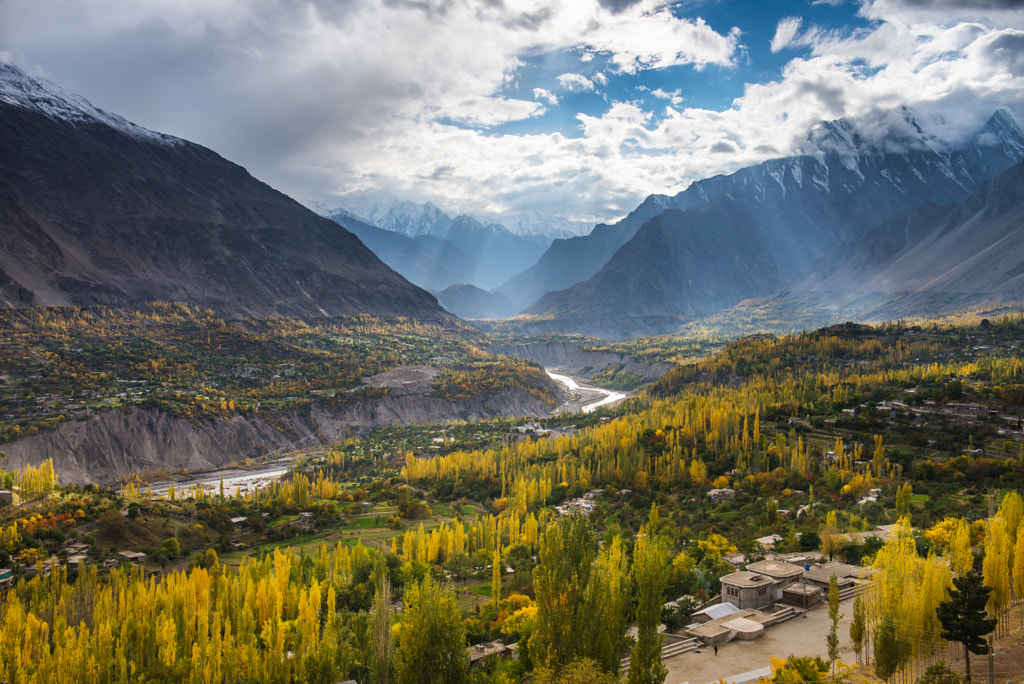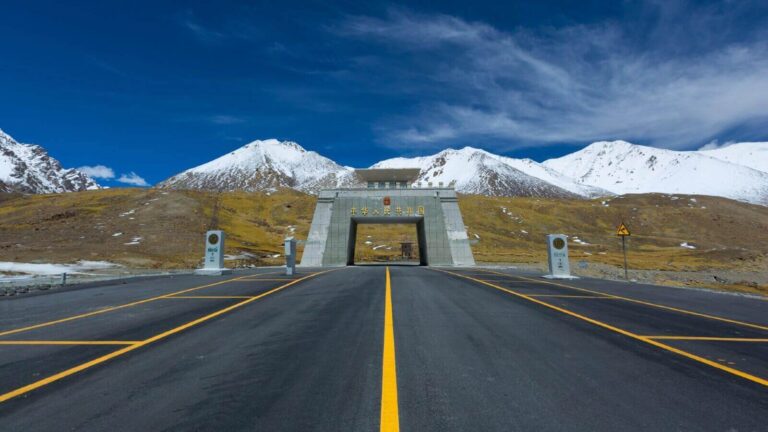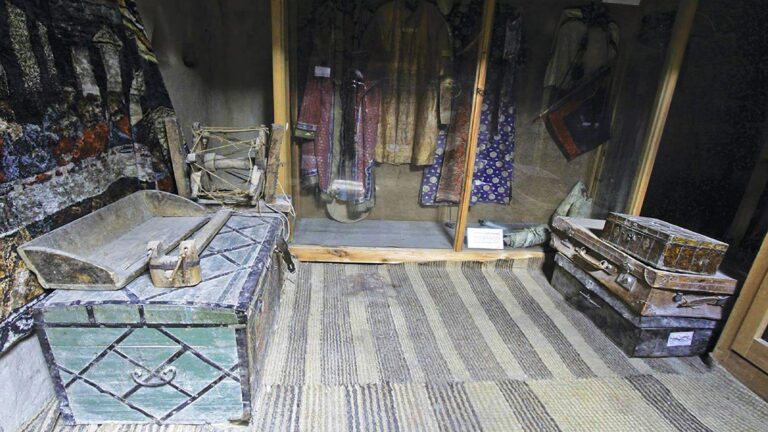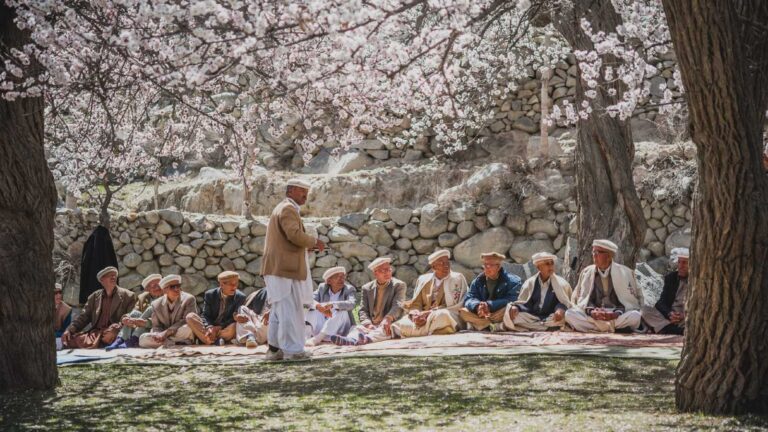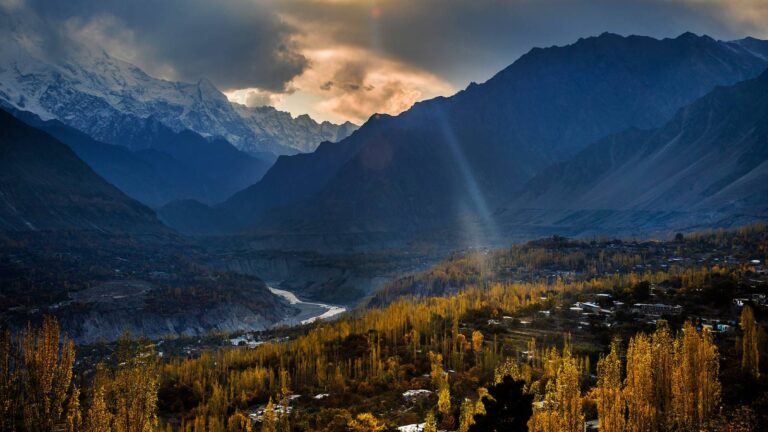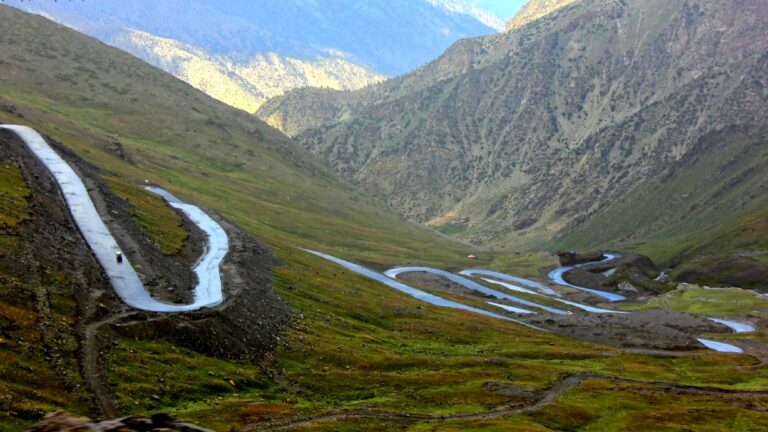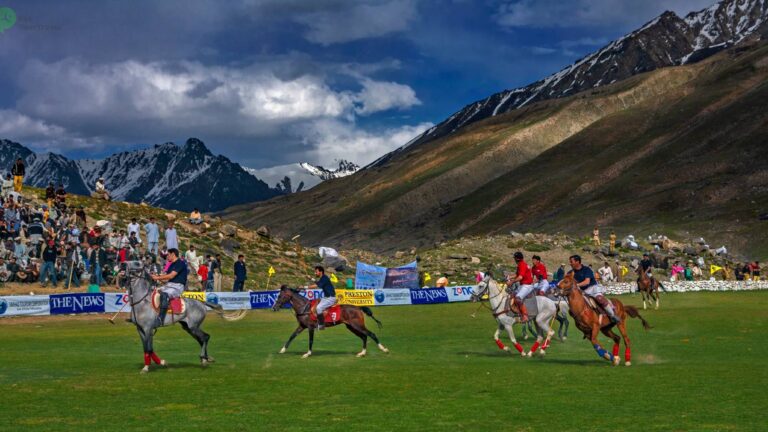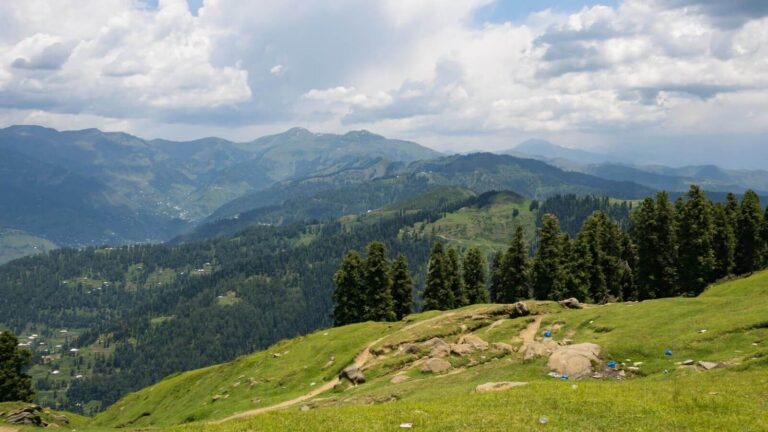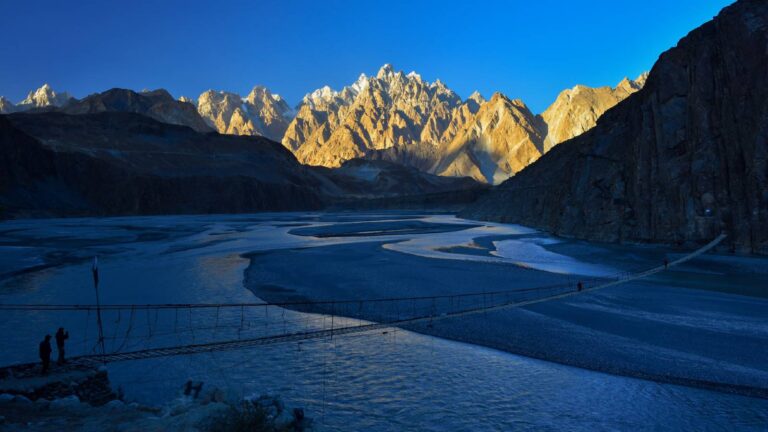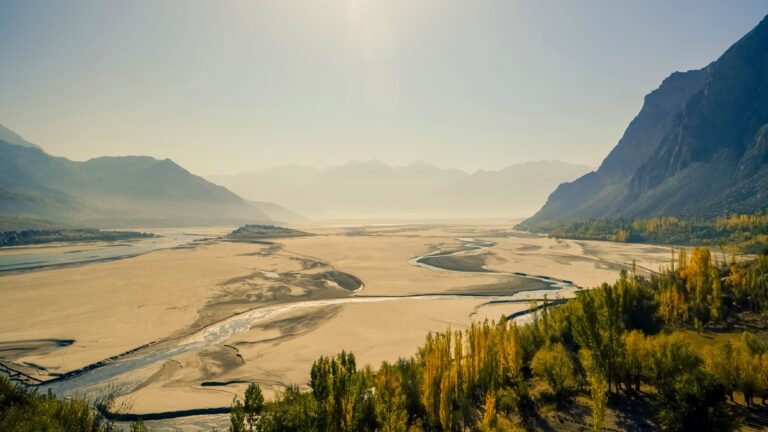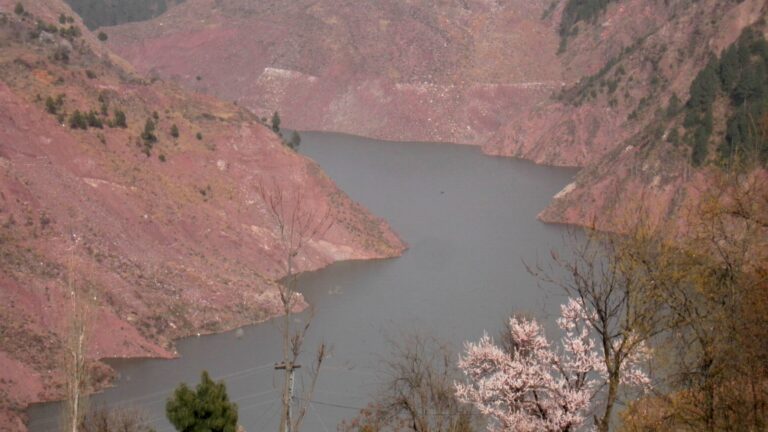Getting there
Hunza straddles the Karakoram Highway. There is a domestic airport at Gilgit, 100 km away, but the majority of visitors arrive by road, either by minibus or car.
What to Expect
The Hunza Valley in Gilgit Baltistan is scenic at any time of the year, but in autumn the leaves turn fiery red and gold and it looks absolutely spectacular. Make sure you visit the dramatically positioned Baltit Fort and meet the friendly residents of Karimabad, who have an unusually long life expectancy and claim descent from Alexander the Great.
History
Pakistan’s Hunza Valley is on the southern spur of the Silk Road which stretches from Central Asia to the Indian Subcontinent. Local people adopted Buddhism early on, as is attested to by archaeological sites such as the Sacred Rock of Hunza. Much of the Buddhist iconography was destroyed after communities converted to Islam, but some of it has subsequently been restored.
For much of its history, Hunza was a princely state; it was finally dissolved in 1974 after more than 900 years. The region played a prominent role in the Great Game, the imperial rivalry between British and Russia, and consequently many spies and military officers visited.

